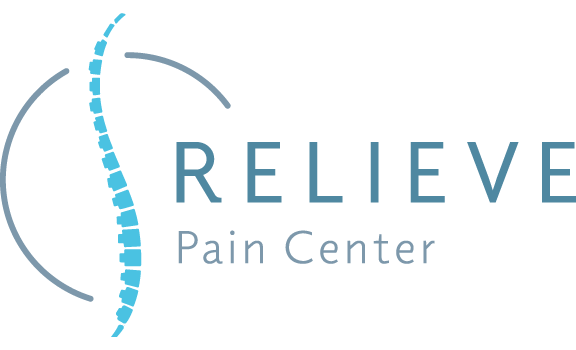Spinal Cord Stimulation is indicated for chronic, intractable pain. A spinal cord stimulator is like a pacemaker for the spine. It uses electricity to modulate the pain signals. There are several different waveforms or different ways to deliver electricity to the spinal cord. Traditionally, SCS delivered constant tonic stimulation to mask the pain signals. More recently, the Burst waveform was developed which mimics how the nerves naturally fire. This waveform is paresthesia free. Brain imaging has shown that burst stimulation modulates both the medial pain pathway that processes the emotional aspect of pain and lateral pain pathway that processes pain intensity.
The TRIUMPH study was recently published in the Journal Spine. The study looked at the long-term results of Burst Spinal Cord Stimulation. The study published 24-month outcomes on the results of passive recharge burst spinal cord stimulation. This study demonstrated that the burst waveform led to an average of 60% improvement in pain at 24 months. This study was unique in that it looked at functional improvement both in terms of quality of life and psychosocial distress in addition to improvement in pain intensity. At the beginning of the study, 78% of patients reported that pain had a major impact on their lives. With Burst SCS, that percentage decreased to 27% at 24 months. Additionally, the percentage of patients who reported being moderately or very active increased from 32% at the beginning of the study to 53% at 24 months. Finally, by the end of the study, 79% of patients were no longer pain catastrophizing and 61% of patients were no longer depressed. This study is significant in that it provides clinical evidence that the Burst waveform can treat the emotional and affective aspects of pain in addition to pain intensity.


